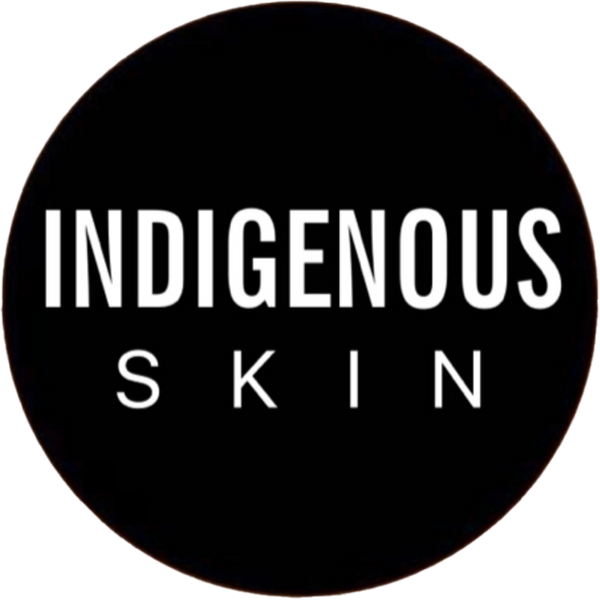We often talk about what we eat—organic produce, anti-inflammatory herbs, hormone-balancing meals. But what about what we drink? Not your matcha latte or mushroom elixir, but the foundation of it all: your water.
After recent news broke about potential contamination risks in Miami’s drinking water due to saltwater intrusion near a nuclear plant, it’s worth asking: What’s actually in your tap? It turns out, quite a bit.
Municipal tap water, while regulated, is often treated with chlorine, fluoride, and other disinfectants. It can also contain trace levels of heavy metals, pesticides, microplastics, and even pharmaceutical residues. And purified water, though free of many impurities, is often stripped of natural minerals your body needs to function optimally.
That’s where spring water comes in.
____________________________________________________________________________
What's Really in Your Drinking Water?
A recent Bloomberg report revealed growing concerns around Miami-Dade’s main water source, the Biscayne Aquifer. The article outlines how the Turkey Point nuclear power plant’s outdated cooling canal system is pulling saltwater from the ocean into the aquifer—threatening to contaminate the freshwater supply for nearly 3 million people. In the long term, this could introduce not just salinity but also radioactive isotopes and industrial byproducts into the region’s drinking water.
And while this may sound like a South Florida issue, it speaks to a national trend: aging infrastructure, climate change, and rising sea levels are beginning to affect water safety across the country. Even in areas with “safe” drinking water by EPA standards, contaminants like PFAS ("forever chemicals"), pharmaceuticals, and heavy metals are increasingly being detected.
____________________________________________________________________________
 __________________________________________________________________________________________________________________________________
__________________________________________________________________________________________________________________________________
Tap vs. Purified vs. Bottled vs. Spring Water: A Wellness Breakdown
| Type | What It Is | Pros | Cons |
|---|---|---|---|
| Tap Water | Water from municipal systems, treated with chlorine, fluoride, and other disinfectants | Affordable, widely available, regulated | Can contain chlorine, lead from pipes, PFAS, microplastics, and other trace contaminants |
| Purified Water | Filtered through reverse osmosis or distillation to remove most impurities | Clean of microbes, metals, and chemicals | Often lacks minerals, may taste flat, energy-intensive processing |
| Bottled Water | Can be spring, purified, or municipal—varies by brand | Convenient, portable | Not always superior to tap, may contain microplastics, environmental waste from plastic |
| Spring Water | Comes from protected underground sources and often bottled at the source | Naturally mineral-rich, less processed, contains electrolytes | More expensive, quality varies by brand, not always plastic-free |
______________________________________________________________________________
 ____________________________________________________________________________________________________________________________________
____________________________________________________________________________________________________________________________________
Why Spring Water Is the Wellness Upgrade You Didn’t Know You Needed
It Supports Real Hydration
Spring water naturally contains electrolytes like calcium, magnesium, and potassium. These minerals help your cells absorb and retain moisture, making hydration more effective—especially during hormonal shifts, exercise, or hot weather.
It's Gently Alkalizing
While some alkalized waters are artificially adjusted, spring water’s pH is naturally slightly alkaline due to its mineral content. This can help balance acidity in the body and reduce symptoms like bloating or fatigue in some women.
It Avoids Common Contaminates
By sourcing water directly from protected aquifers and bottling it with minimal processing, spring water avoids many of the chemical treatments and byproducts found in tap or purified water such as chlorine, fluoride, and heavy metals.
It Provides Trace Mineral Support
Unlike purified water, which is often stripped of beneficial minerals, spring water offers small but significant amounts of silica, magnesium, and other trace elements that support everything from skin elasticity to better sleep.
It Encourages a Daily Ritual of Care
There’s something grounding about choosing a cleaner water source. When you treat hydration as a ritual—something you choose to do well, not just often—it becomes part of your overall care routine, not just a checkbox.
____________________________________________________________________________
____________________________________________________________________________
Elevate Your Hydration Ritual
Even when you’re drinking enough water, it doesn’t always mean your body is actually absorbing it. Factors like stress, heat, workouts, caffeine, and even hormonal changes can all deplete essential electrolytes—leaving you tired, foggy, or still feeling thirsty. That’s where water enhancements come in. But not all are created equal.
Many popular mixes, like Crystal Light or flavored drink powders, rely on artificial sweeteners, synthetic additives, and fillers that don’t do much beyond masking taste. Indigenous Skin’s Lychee Hydration Powder offers a more thoughtful option. It’s formulated with key electrolytes and vitamins C, D3, and E to help your body stay hydrated at the cellular level, supporting energy, immune health, and skin from the inside out. No dyes, no unnecessary chemicals, just nutrients your body actually needs.
It’s a simple way to make every glass of water work a little harder for your health.
____________________________________________________________________________
____________________________________________________________________________
What This Means for Women’s Health
Our bodies are over 60% water. And for women, especially during menstruation, pregnancy, postpartum, or perimenopause, hydration is everything. It impacts energy, digestion, skin health, hormone balance, and even emotional regulation.
So why not give your body the cleanest, most nourishing water possible?
If you’ve already upgraded your supplements, skincare, and food, this might be the next small shift that makes a big impact.

